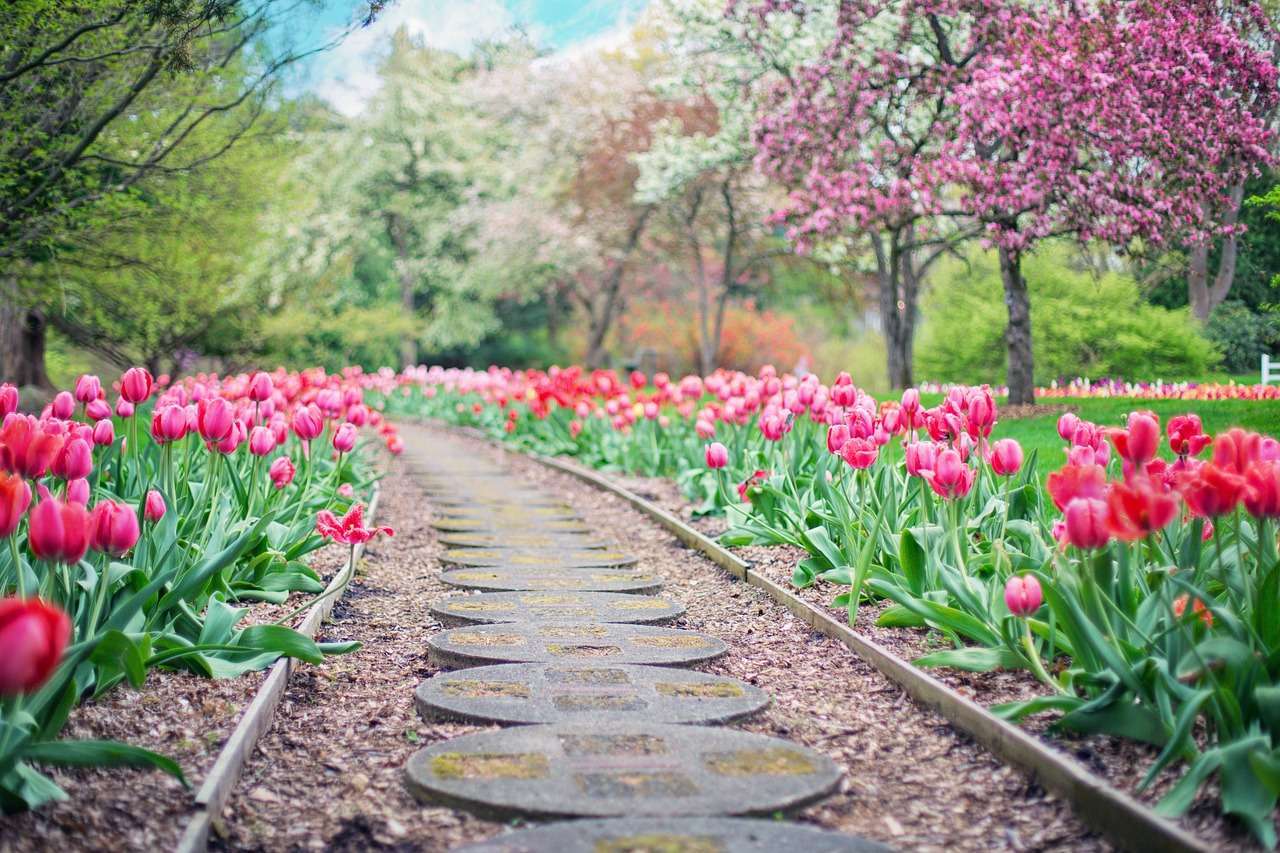Drainage problems in a garden can range from mildly annoying to catastrophically damaging. I’ve observed that proper yard drainage not only protects the garden but also preserves the structure of the soil and the health of the plants.

In my experience, managing water effectively in your landscape prevents damage to your property and can save you time and money in the long run.
At the core of a well-designed drainage system is the ability to swiftly and efficiently divert excess water away from areas where it can pool and cause harm. I’ve noted the importance of assessing yard slope, monitoring soil-drainage capacity, and strategic planning of runoff redirection. These are crucial steps to ensure excess moisture doesn’t linger, which otherwise can lead to the roots of plants suffocating and the onslaught of fungal diseases like root rot.
Optimizing yard drainage is indeed a challenge many homeowners face. It necessitates a multi-faceted approach that includes soil amendments, grading, and installation of drainage solutions like French drains, dry creeks, or trench drains. Through my attempts to address these issues, I have garnered practical solutions that not only tackle standing water but also contribute to a garden’s overall design and functionality.
JUMP TO TOPIC
Designing Effective Drainage Solutions
Creating effective drainage in a garden involves assessing the landscape, selecting suitable drainage types, and applying proper installation techniques. Such measures prevent water accumulation that could damage plant roots, compact soil, and erode landscapes.
Assessing Your Landscape
I begin by examining my yard’s topography to understand water flow patterns. I look for low spots or areas where water pools after it rains. A soil test is also crucial, as high clay content could mean compacted soil, slow absorption, and poor drainage. Monitoring these areas during heavy rain helps me gauge the extent of drainage issues.
Choosing the Right Drainage Type
Once I understand my yard’s drainage needs, I choose a suitable solution:
French drains intercept water and direct it away from the property, very effective for soggy yards.
Rain gardens serve as a basin for excess water and are both functional and attractive. They’re best placed downslope from runoff sources.
Dry creek beds channel water and prevent erosion, adding a natural aesthetic to the landscape.
Catch basins positioned at low points collect water and funnel it through a drainage system, preventing water from pooling and damaging your landscape.
I ensure the selected system is compatible with my landscape to effectively manage water flow.
Installation Best Practices
Proper installation is essential for any drainage system to function correctly. I follow these steps for a smooth process:
- Map out the drainage route, considering the natural slope of my yard.
- Dig the trench for the system, ensuring it’s deep and wide enough for materials like gravel which aids water filtration.
- Install the drainage system with attention to manufacturer guidelines regarding slope and connections.
Tools and materials such as shovels, landscaping fabric, and pipes are gathered beforehand to streamline installation. I also take care to avoid damage to existing underground utilities.
For best results, correct installation of chosen drainage solutions is as crucial as the selection itself.
Preventing Water Accumulation and Damage
Standing water and poor drainage can wreak havoc in a garden, causing damage to plants and transforming a beautiful outdoor space into a marshy mess. As an experienced gardener, I’ve learned that properly managing water accumulation is key to maintaining a healthy garden.
Improving Soil Drainage
Maintenance and Troubleshooting
Effective maintenance and troubleshooting are crucial for resolving drainage problems in gardens. By regularly inspecting your system, you can prevent water runoff issues and safeguard against structural damages like erosion, rot, and basement leaks.
Routine Checks and Upkeep
- Inspect gutters and downspouts every month, especially after storms.
- Clean out any debris in gutters to prevent blockages.
- Ensure downspouts direct water at least 5 feet away from your foundation.
- Check for and repair any leaks in your storm drain system.
I make it a habit to perform these checks, as neglect can lead to bigger issues over time. It’s important to catch and fix small problems before they cause significant damage or contribute to problems such as disease in the garden due to standing water.
Diagnosing Common Issues
💥 Identifying Problems:
When encountering signs of drainage issues, such as water pooling or water staining on basement walls, I take steps to diagnose the problem. Water runoff should be redirected from the house foundation to prevent erosion and basement leaks. If the slope of the yard is inadequate, modifications may be necessary to encourage proper drainage. Checking the soil’s drainage capability can also identify whether compaction or composition is contributing to the issue.
If significant erosion is detected, it’s imperative to consult with a professional to address potential structural damage and create a plan to solve the runoff issues.
I also ensure any storm drains are clear of obstructions, and observe the flow of water during heavy rains to pinpoint areas that may be problematic. Maintaining a well-functioning drainage system prevents a multitude of issues and ensures the health and stability of the garden ecosystem.











